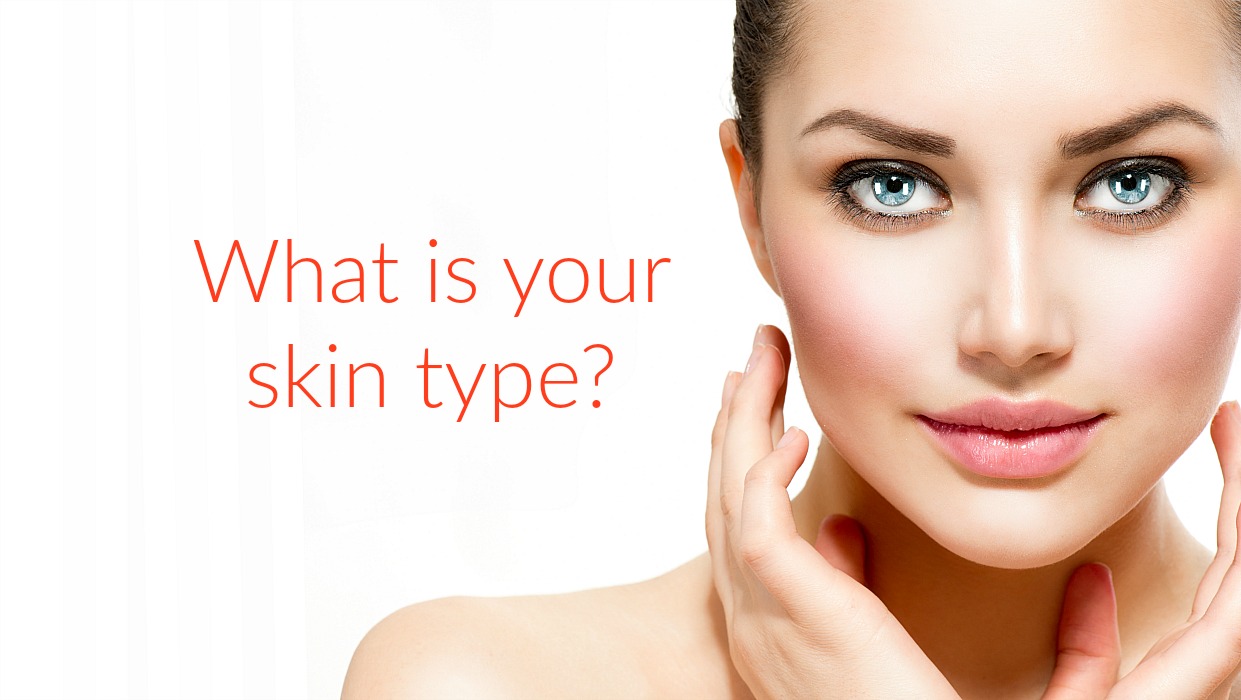How to care for combination skin

Having combination skin can be the most frustrating skincare types of all. If you have dry skin or oily skin, it can be easier to rectify as there are vast ingredients and skincare solutions. Whereas, having combination skin means that different areas of the face have varying problems.
How to identify if you have combination skin
Combination skin can be identified as you often face more than one skin issue. For example, parts of your face may be severely dry and other parts such as your t-zone and chin can be oily and prone to breakouts. It’s common for people to get confused when attempting to identify their skin type as they may attempt to treat only one problem at a time, ignoring other skincare issues.
How to care for combination skin
Unlike other types of skin, combination skin is usually caused by external factors. Dry skin generally tends to stay dry, but maintained by moisturising and oily skin is usually attributed to hormone production and internal factors. Combination skin on the other hand can occur due to use of chemical based products and over productive oil glands. Generally, it is recommended to care for combination skin by identifying the mistakes in your skincare routine. Below are my recommendations of the ingredients you should be using and the ingredients to avoid in order to bring your skin back to normal:
Avoid thick moisturisers
You might experience sporadic breakouts if you have combination of skin and this is often caused by using too much moisturiser when you are already experiencing excess oil production. As you have combination skin, it could be likely that you are using a thicker moisturiser and applying it all over the face in an attempt to tend to the dry patches.
If you do suffer from areas of dryness, opt for a skincare range which addresses the issue of both oiliness and dryness. You may wish to choose an oil-free moisturiser. Apply this only to the dry areas as you want to avoid clogging the pores with a thick cream.
Use gentle products
Use a mild cleanser and toner that is free from irritating chemicals and fragrance. Ensure that it is water-soluble in order to prevent drying out the skin. Secondly, use a toner which doesn’t contain alcohol, but contains repairing antioxidants such as Vitamin E and Rosehip oil.
Use an acid based exfoliator
It can be tempting to purchase an exfoliator as you believe it will unclog the pores and help to reduce spots and minimise excess oil. It is a good idea to exfoliate but always ensure that it contains salicylic acid and is acid based as opposed to a grainy texture as the grains may irritate the skin and cause further dryness. Acid based BHA’s will gently remove dead skin cells and kill bacteria.

